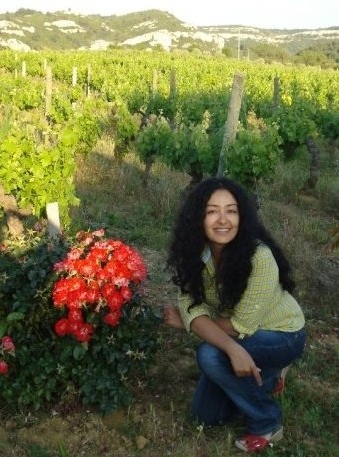Since the spring, one exhibit more than any other at New York's Metropolitan Museum of Art has lured thousands of visitors. Alexander McQueen: Savage Beauty, a retrospective of the late British designer's head-turning avant-garde looks, has broken attendance records at the historic museum.
On most days, lines snake around the second floor of the museum, with an average wait time of an hour. Once inside, you're jockeying for space with nary an open area in sight. Visitors in the know head to the museum on Mondays, when the institution is normally closed, to view the exhibit with elbow room to spare. The $50 price tag tends to keep the attendance low on that day.
Black walls greet you as you enter the small exhibit, which showcases 100 different looks from McQueen's 19-year reign as fashion's enfant terrible. Savage Beauty celebrates McQueen's illustrious career from his Central Saint Martins postgraduate collection in 1992 to his final posthumous runway show in February 2010. McQueen wasn't interested in utilitarian fashion. His designs transcended mere clothing and made social and political statements.
"Alexander McQueen was best known for his astonishing and extravagant runway presentations, which were given dramatic scenarios and narrative structures that suggested avant-garde installation and performance art," said Andrew Bolton, Curator, The Costume Institute. "His fashions were an outlet for his emotions, an expression of the deepest, often darkest, aspects of his imagination.He was a true romantic in the Byronic sense of the word - he channeled the sublime."
McQueen was influenced by Lord Byron and the Romantics of the late 18th century. His designs were emotional and otherworldly, evoking a sensory overload, yet celebrating the individual. Utilizing duck feathers, razor-clam shells and leather as well as the more utilitarian silk faille and wool, McQueen's work seems to breathe and move. Standout pieces in Savage Beauty include The Horn of Plenty, a form-fitting black duck feather dress from his fall/winter 2009 collection; Sarabande, a nude silk organza dress with applied silk and fresh flowers from his spring/summer 2007 collection, and VOSS, an ensemble including an overdress from a Japanese silk screen and a dress made of oyster shells from his spring/summer 2001.
Savage Beauty ends August 7 at the Metropolitan Museum of Art. The regular entrance fee allows you free access to the exhibition. Visit Blog.MetMuseum.org to learn more.




Shandana A. Durrani
Shandana A. Durrani is a travel and lifestyle journalist based in New York City. She is the author of "Day Trips from New York City" (Globe Pequot Press, 2011) and co-author of "Insiders' Guide to New York City" (Globe Pequot Press, 2011), both travel guidebooks. She was Cigar Aficionado magazine's Travel Editor for more than 10 years and has visited such far-flung locales as New Zeal...(Read More)










